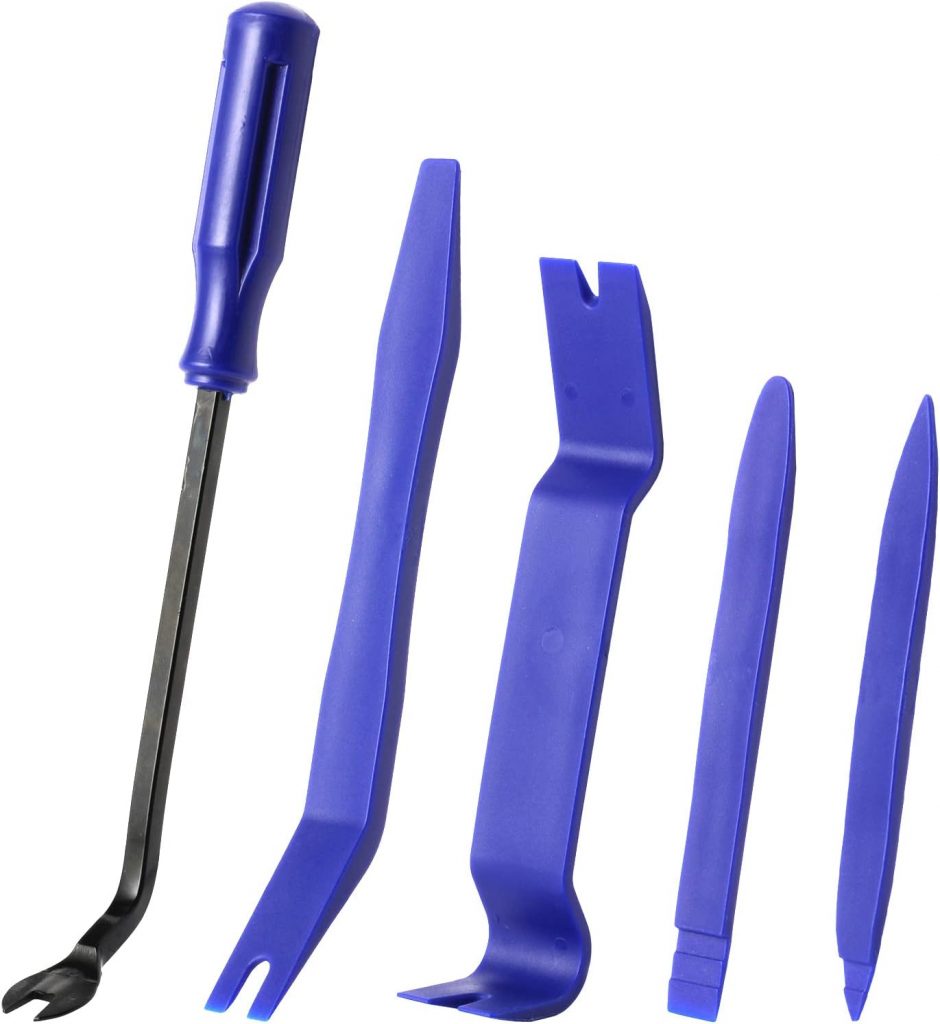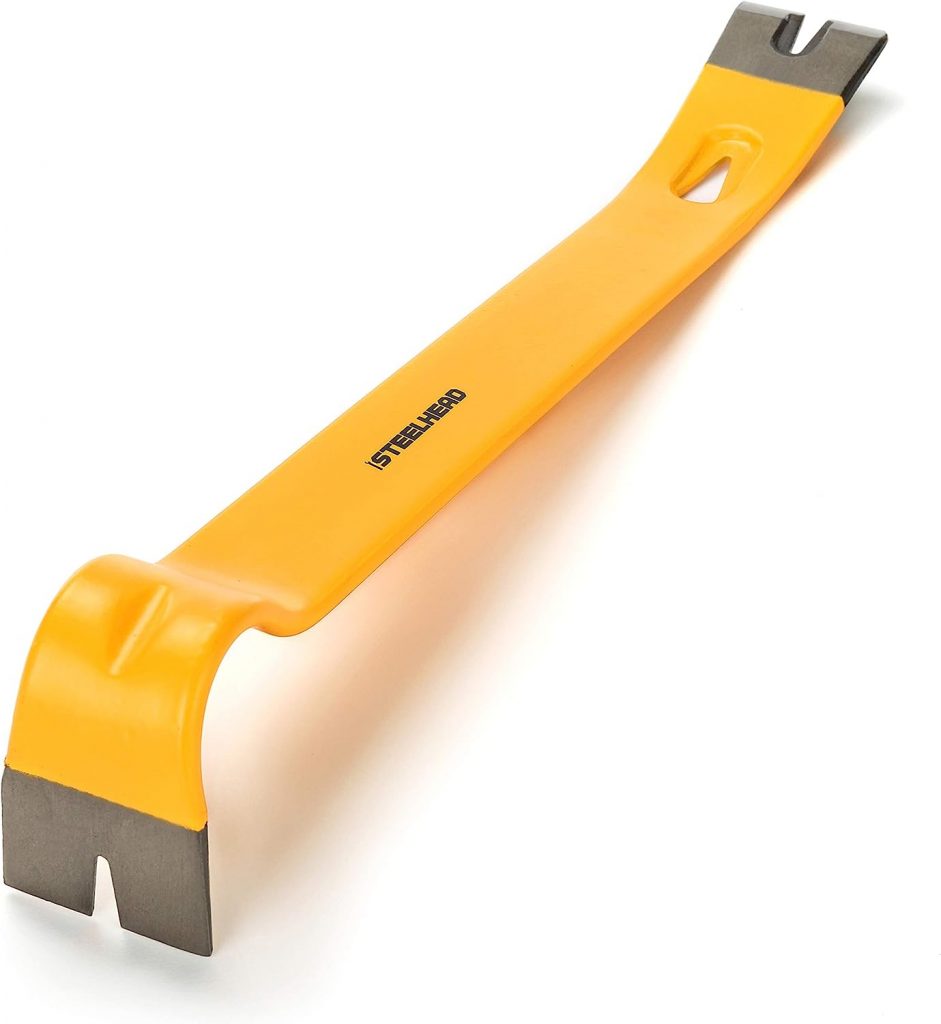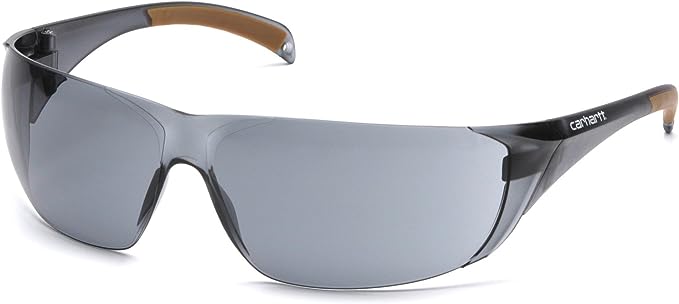Pry tools are essential in any homeowner’s toolkit. From opening a stuck door to removing baseboards and trim, these tools are versatile and can be used for a multitude of tasks. When looking to purchase a pry tool, it is important to consider factors like material, durability, and size. In this guide, we will take a detailed look at the different types of pry tools that exist, and how to safely use them.
How to Choose a Pry Tool
When purchasing a pry tool, there are a few things to keep in mind. Firstly, consider the material of the tool. Most pry bars come in carbon steel, stainless steel, or titanium alloy. Carbon steel is the most common material and is affordable. Stainless steel is more expensive but is resistant to corrosion. Finally, titanium alloy is the most durable material and is perfect for heavy-duty use.
Next, consider the size of the pry tool. Most pry tools range in size from 6 inches to 36 inches. A larger size means more leverage, whereas a smaller size means better control. For home use, a 12-inch pry bar is usually sufficient.
Lastly, consider the durability of the pry tool. A good pry tool should last for years without breaking or bending. Look for pry bars with a hardened blade, which makes them stronger and more durable.
What type of Pry Tools are Available?
There are several types of pry tools, each designed for a specific task. Firstly, there is the flat pry bar or crowbar. This is the most common pry tool and is used for a wide range of tasks, such as removing nails, opening crates, and prying open doors. Flat pry bars come in different sizes and materials, so choose one that is appropriate for your task.
Next, there is the trim pry bar or molding pry bar. This is a specialized pry bar that is designed to remove trim and molding without damaging the walls or the trim itself. These pry bars are thin and have specially designed blades that can slide behind the trim and pry it away from the wall.
Lastly, there is the wrecking bar or demolition bar. This type of pry bar is designed for heavy-duty tasks such as breaking concrete and tearing down walls. They are usually larger, measuring around 36 inches, and are made from high-quality materials like titanium alloy.
How to Use Each Type of Pry Tool
Using a pry tool may seem straightforward, but it’s important to follow a few safety precautions. Firstly, always wear gloves and eye protection to prevent injury. Secondly, when using a pry bar, be careful of its sharp edges, which can easily cut through skin or clothing.
When using a flat pry bar, place the blade under the item you want to pry and apply pressure to the handle to lift the object. For larger or heavier objects, use a mallet to tap the end of the pry bar for extra leverage.
When using a trim pry bar, slip the blade behind the trim or molding and apply pressure to the handle to pry it away from the wall. Be careful not to damage the trim or the wall when prying.
When using a wrecking bar, use the pointed end to break apart concrete or other hard materials. Be careful not to damage surrounding structures or objects.
Pry Tools Must be Used Safely Due to Major Risk of Injury
Pry tool safety is essential to prevent injury and damage to objects. Always wear gloves and eye protection when using a pry bar. Be aware of sharp edges and handle the pry bar with care. Do not use a pry bar on any electrical appliances or wiring. Always use a mallet, not your hands, to tap the pry bar for extra leverage. Lastly, store pry bars in a safe and secure location when not in use.
Pry Tools are Essential Tools for Many Projects
In conclusion, pry tools are essential in any homeowner’s toolkit. When purchasing a pry tool, consider the material, size, and durability. There are several types of pry tools, each designed for a specific task, like a flat pry bar, trim pry bar, and wrecking bar. Always follow safety precautions, wear gloves and eye protection, and use the pry bar with care. With these tips in mind, any homeowner can effectively use a pry bar for any task.




